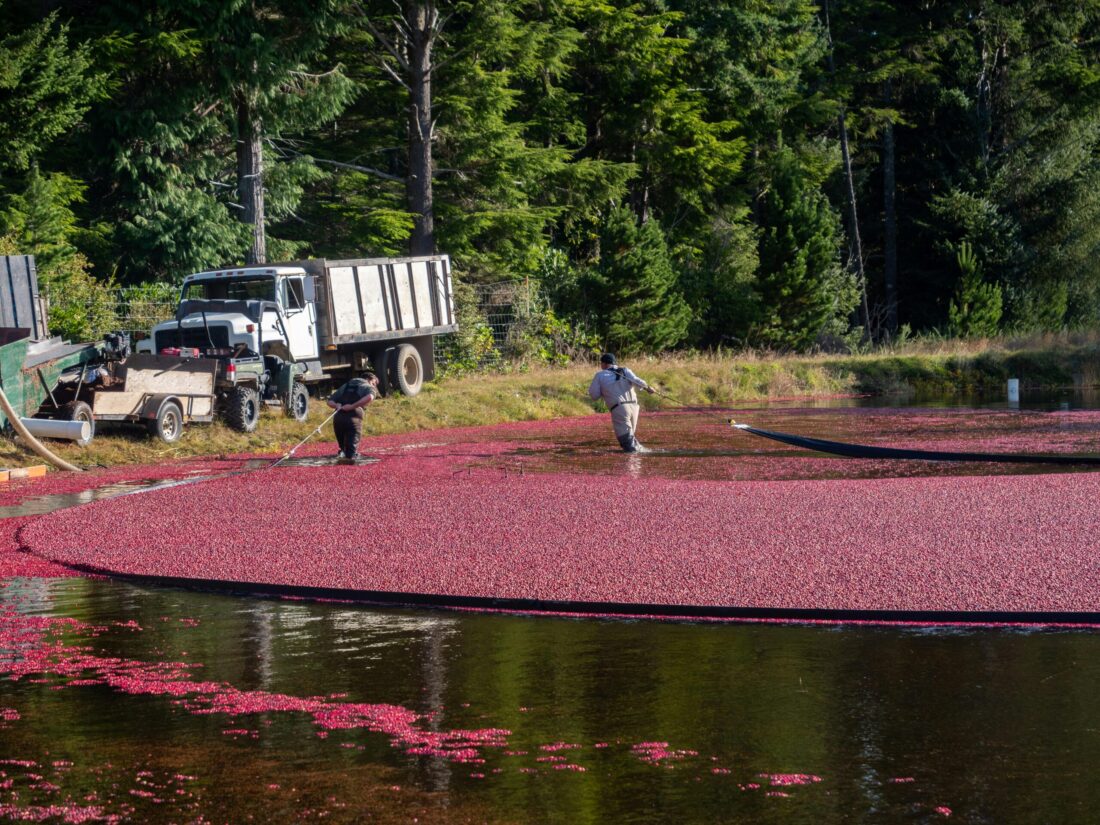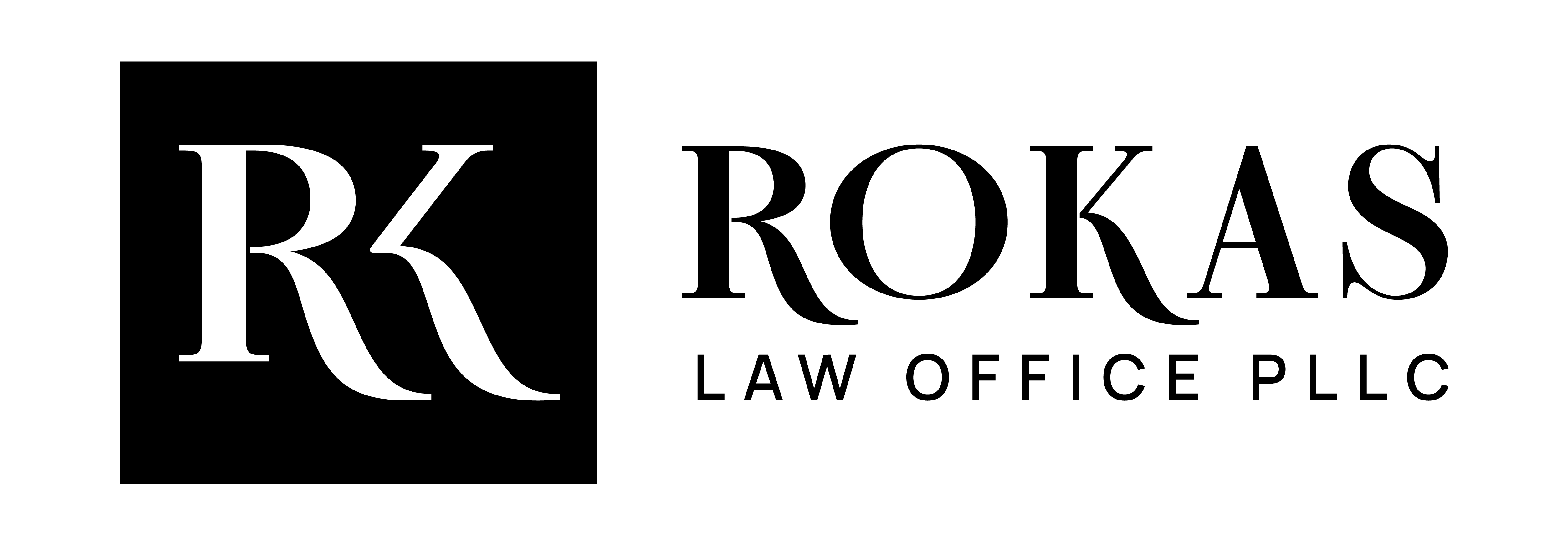
The H-2A, H-2B, and H-3 work visas are special categories that allow temporary employment in the U.S., covering different needs and sectors. Each visa type has distinct requirements and purposes, but all provide foreigners the opportunity to work in the U.S. for a limited period.
The H-2A visa is designed for agricultural workers needing temporary employment in the U.S. It allows employers in the agricultural sector to hire foreign workers when no American workers are available to fill the need. The H-2A visa is usually limited to seasonal or temporary work and is valid for the duration necessary to complete agricultural activities. Employers must prove that the job cannot be filled by U.S. workers and must provide housing and meals for the foreign workers.
The H-2B visa covers other sectors requiring seasonal or temporary workers, such as construction, tourism, or other services. Unlike H-2A, H-2B is not limited to agriculture but follows a similar approval process. Availability of this visa is limited and there are strict criteria for application approval. Employers must demonstrate that the work is temporary and that there is insufficient U.S. labor to meet their needs.
The H-3 visa is intended for individuals coming to the U.S. for educational or training programs that do not involve paid employment. Although not directly related to work activity, it allows foreigners to participate in specialized training programs that enhance their skills in their field without receiving direct compensation from their employer.
All these visas are temporary and do not lead directly to permanent residence in the U.S. However, they allow foreigners to work in the U.S. for a specified period, subject to appropriate applications and approval by the U.S. government.





